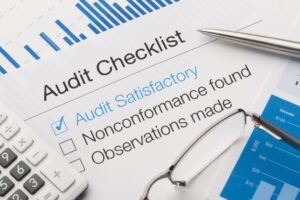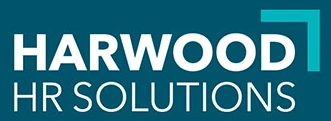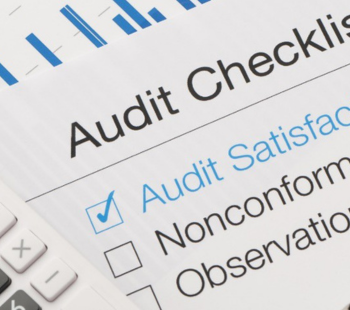The Importance of Audits
The Importance of Audits
December 2023
In our fast-paced world, it’s easy to get caught up in the day-to-day operations and growth strategies of your small business. However, amidst the hustle and bustle, the safety of your employees and the integrity of your workplace cannot be overlooked. At Harwood we understand that a Safety Audit Checklist proves to be an invaluable tool to ensure that your business maintains a robust safety management system. Here we’ll explore the critical areas a safety audit checklist covers and why it’s imperative to stay on top of safety practices.
Creating a safety-conscious workplace begins with fostering a culture that prioritizes the well-being of employees. By using the checklist, a business can evaluate the effectiveness of their safety management system. From ensuring the existence of safety policies to evaluating how safety rules are shared, documented and distributed, a comprehensive safety culture sets the foundation for a secure working environment.
Generally, any employer who has five or more employees must have a written health and safety policy, and this policy may include provisions for conducting Health & Safety Audits
In the unfortunate event of a fire or emergency, having well-defined protocols in place can be a lifesaver. The checklist ensures that fire evacuation plans, emergency exit routes, and fire extinguishers are regularly inspected and maintained. Regular fire drills and employee training are also essential components of a robust emergency response system.
Accidents can happen, and it’s crucial to have immediate response measures in place. The checklist will verify the accessibility and adequacy of first aid kits, as well as the knowledge of employees on how to use them. Additionally, it ensures that accident reporting procedures are clear and that incidents are documented promptly to facilitate continuous improvement in safety protocols.
For small businesses, integrating safety systems can sometimes be an overlooked aspect. The checklist prompts businesses to assess the effectiveness of existing safety systems, such as surveillance cameras, alarm systems, and access control measures. Regular reviews ensure that these systems are up-to-date and functioning optimally.
If your business involves the use of vehicles, ensuring their safety is paramount. The checklist will cover aspects like regular maintenance, driver training, and adherence to site traffic rules, which is essential if you have large vehicles moving in and off site. This proactive approach not only protects your employees but also safeguards your business from potential liabilities.
Businesses dealing with chemicals or electromechanical equipment must adhere to strict safety standards. The checklist delves into the proper storage and handling of hazardous materials, as well as the maintenance and safety measures associated with machinery. This helps prevent accidents and mitigates risks associated with these elements.
All businesses, particularly small ones, are increasingly being held accountable for their environmental impact. The checklist incorporates environmental considerations, ensuring that waste disposal, pollution control measures, and sustainability practices align with regulatory standards. This proactive stance not only promotes workplace safety but also demonstrates corporate responsibility.
Safety is a dynamic aspect that necessitates constant attention and adaptation. A checklist should be revisited and updated annually, taking into account any major changes in the working environment, equipment, or processes. This proactive approach ensures that your safety protocols evolve with the business, mitigating potential risks associated with growth or changes in operations.
You can find the Safety Audit Checklist in the H&S Documents page of the Portal. Start by checking and assessing your safety protocols, today.


